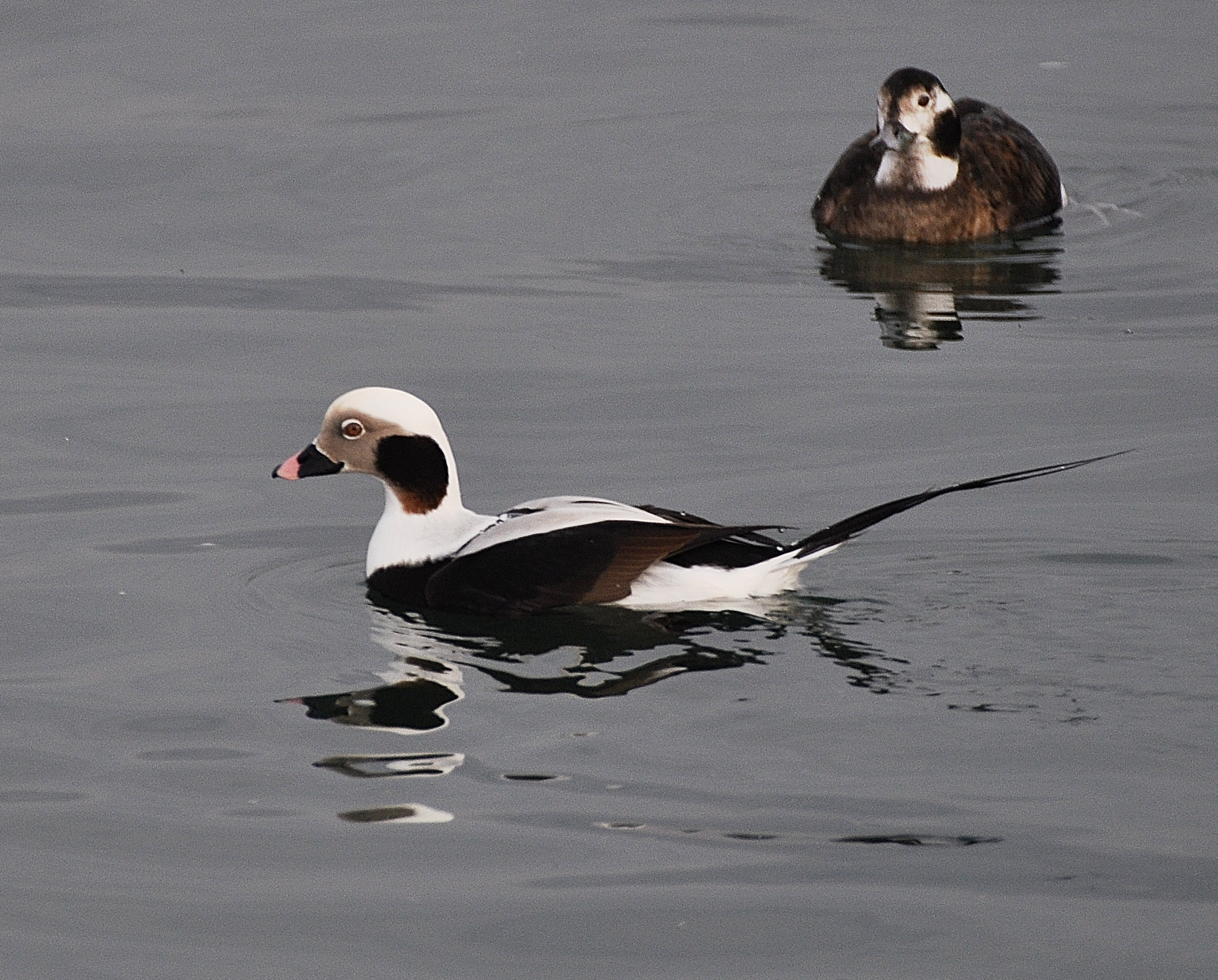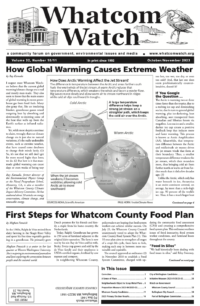by Joe Meche
It should come as no surprise that I’ve written about the Semiahmoo Spit before in past columns. But, the more I return to this unique strip of land, the more I think about it and its special and emotional place in my psyche. Keep in mind that, a few of the places we visit or which we live, become old hat and sometimes lose their appeal to some degree, but not the Moo … as I’ve affectionately nicknamed it. A lot of it has to do with the overall sense of place that I feel whenever I’m there.
From anthropologists and psychologists to poets and nature lovers, many have attempted to unravel the true meaning(s) of a sense of place. From the novel “Dune,” author Frank Herbert said that “a place is only a place.” Taken out of context, it was a simplistic way of dealing with a necessary geographical movement of a few of the main characters. Many, including yours truly, would disagree with this basic view and dig a little deeper. Whether it’s an old neighborhood or a place that you’ve discovered on your own, you might develop an emotional attachment that is difficult to define by anyone else but you.
There are and have been physical and spatial settings that I hold near and dear many years after first encounters and the Moo happens to be near the top of the list. When I first discovered it 46 years ago, I made a mental note to return and learn more about its geography, geology, and history. Along with the natural and cultural aspects of the Moo, I was also taken by the fact that birds seemed to appreciate it as well. I’ve always enjoyed places where there are birds aplenty to casually observe or study in depth as part of a lifelong and personal passion. Needless to say, a strong relationship developed with the Moo. and I now feel a connectedness that has become a part of my identity … and it’s so close to the place that I call home.
Despite the fact that this mile-long natural sand spit has become over developed to a great extent, the birds still come and that’s always been a large part of the appeal for me. I’ve sat and I’ve walked for more hours than I could possibly count with no birds around and other times with thousands of birds crowding the cobble beaches at high tide. I’ve basically camped out on the old docks for extended periods of time to experience the changing tides and the birds that come and go with this natural phenomenon. There has never been of feeling of time wasted, mainly because that was where I wanted to be. No matter the extremes of weather, it always feels good to be there.
Semiahmoo is truly a place for all seasons. Strong winter winds combined with high tides have battered the shorelines from both sides, but the spit is holding its own. Its value is evident when humans step in to literally slow the natural effects of beach erosion. The elements continually eat away at the narrowest part of the spit, and, since this is the only means of access, breakwater reinforcements are constantly bolstered. A personal highlight for me came on a cold winter day complete with strong northeast winds and blowing snow. I was working on a video featuring Pacific black brant and the elements couldn’t keep me away from 2,000 of these unique birds that were feeding on eelgrass in the shallows. As always, proper clothing was the essential ingredient.
From viewing a partial solar eclipse to photographing a super moon rising over Mount Baker, my list of memories from the Moo is long and storied. As much as the seasons and weather play a role in the sense of place, the amazing variety and sheer numbers of birds utilizing this biologically rich area provide an essential connection for me. Would the same appeal be there if the area were devoid of birdlife? We can only speculate since the reality is the direct opposite. Its listing as an Important Bird Area in Washington state was significant testimony to its importance to birds, as well as to humans.
If you look at any calendar year of birds at the Moo, there is always something happening to appeal to the bird-watching crowd. Every month of every season has distinctive birds or groups of birds that keep the interest level high for avian aficionados. Given the publicity the Moo has received in numerous ornithological papers and journals, I’m certainly not alone. I’ve encountered folks who have driven long distances to spend time there, especially if a rare bird or two makes an appearance. They’re often envious when they find out that I live just down the road.
I continue to stress the appeal of the colder months for prime birding potential at Semiahmoo and the area surrounding Blaine and Drayton Harbor. Thousands of birds that nest to the north and east come here to spend the colder months in the normally ice-free environs. Food and shelter are prerequisites and both are in abundance there. Given the watery expanse, the overwhelming species of winged visitors fall under the larger, general umbrella of waterfowl. Lesser numbers of the smaller passerine species are in the mix along with birds of prey like eagles and falcons.
In late August and early September of this year, the always reliable flocks of migrating black-bellied plovers were crowding the bay side of the spit. This particular species is a twice-yearly visitor, stopping by in spring and again in fall, just like clockwork. Persistent bird-watchers will take time to scope the crowds of plovers to locate less common species like godwits and smaller shorebirds. A bit of signage would be a wonderful addition to keep folks with dogs off the beaches during these relatively short periods of time. I’ll save my tirade for another day, but I had to mention that there is a problem with a relatively easy solution.
As the calendar flips into a new year, the overall numbers of birds will be at its peak. Loons and grebes will join other diving birds like scoters, mergansers, goldeneyes, and the charismatic long-tailed ducks in pursuit of prey below the surface. At the same time, dabbling ducks like the beautiful northern pintails and American wigeons feed on the surface. If you’re a winter bird-watcher, there is no better place to indulge your passion and practice the essential art of layering, especially since it gets very cold on the spit and the sheltering windbreaks are few and far between.
In looking back over the past 46 years, I will admit to a feeling of sadness when developers came in to build more and more condos and even a new marina, essentially wiping out acres upon acres of prime habitat for the birds. In the big picture, however, the birds seem to have adjusted fairly well so it seemed to me that I could do the same. After all is said and done, my strong sense of place with Semiahmoo is part of the reason I’ve requested that some of my ashes will be spread off Tongue Point at high tide when the time comes … but don’t hurry on my account.
________________________
Joe Meche is a past president of the North Cascades Audubon Society and was a member of the board of directors for 20 years. He has been watching birds for more than 60 years and photographing birds and landscapes for more than 40 years.





























